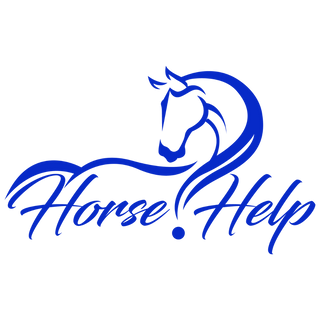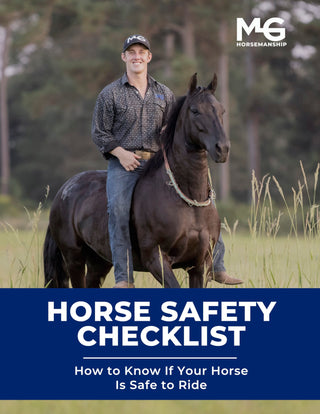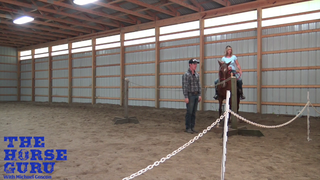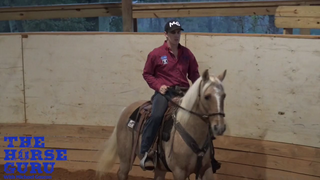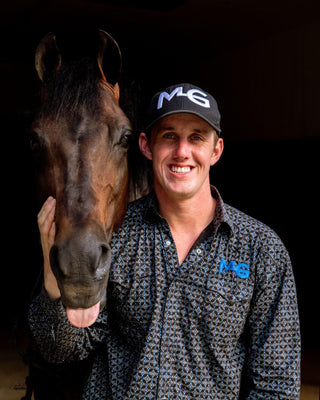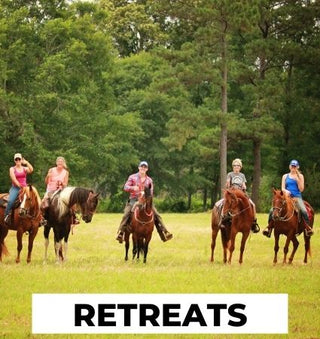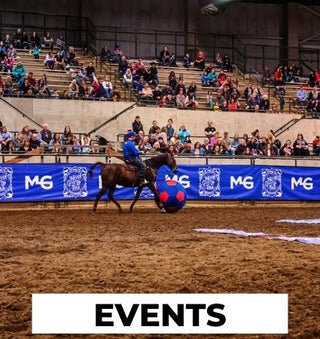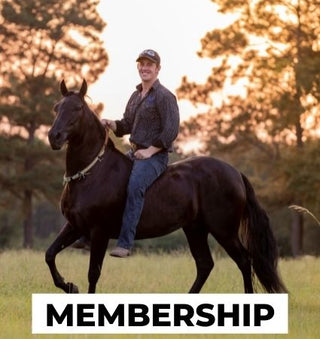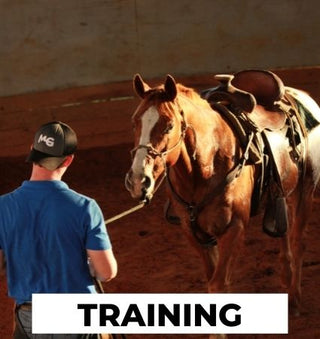Watch the Video Here or continue reading below!
Graduating from kindergarten horsemanship to first grade training is an exciting milestone for you and your horse. At this stage, the focus shifts from foundational respect to developing your horse’s undivided attention—the key ingredient for safety, communication, and long-term partnership.
In this lesson, Michael Gascon, The Horse Guru, explains how attention works like a muscle that can be built, strengthened, and refined. Once a horse learns to tune out distractions and focus fully on the handler, real progress in training begins.
Why Undivided Attention Matters
Horses are naturally prey animals, wired to pay attention to their surroundings, other horses, and potential threats. This makes it easy for them to lose focus during training. Without attention and respect, a horse can become:
-
Buddy sour (calling for other horses)
-
Studdy or distracted (fixated on the environment)
-
Dangerous (spooky, resistant, or even prone to rearing and bolting)
By teaching your horse to lock onto you—through their eye and ear—you establish yourself as the leader. Just like in the animal kingdom, the alpha stands their ground while the beta moves their feet. This dynamic creates safety and sets the stage for future training.
Lunging for Attention, Not for Exercise
Many people think lunging is about wearing a horse out. In reality, lunging should be about teaching the horse to focus. Gascon emphasizes:
-
Pivot on one foot. You stay still while the horse moves, reinforcing your leadership.
-
Watch the eye and ear. If they’re not on you, your horse isn’t paying attention.
-
Redirect with purpose. If the horse looks away, either pop the shoulder or pull their face back until they reconnect with you.
The goal isn’t to chase the horse in circles—it’s to build obedience, focus, and respect.
Establishing Alpha and Beta Roles
In horse training, movement equals submission. The horse that moves its feet acknowledges the one who doesn’t as the leader. That’s why Gascon insists on:
-
You standing your ground. Don’t let your horse push you around or make you walk in circles.
-
Horse yielding the space. If they resist, stay calm but firm until they step over, disengage, or give you their attention.
-
Consistency. Horses quickly learn the “path of least resistance”—if paying attention is easiest, they’ll choose it every time.
This mindset shift helps turn even resistant or pushy horses into respectful partners.
The Role of Discipline in Horse Training
Gascon makes an important point: discipline is kindness.
An undisciplined horse often lives a poor-quality life because it’s unsafe to ride, handle, or enjoy. By giving your horse manners, respect, and obedience, you’re actually setting them up for a happier, safer future.
“The kindest thing you can do for your horse is give them some discipline.” – Michael Gascon
Just like a service dog that never takes its eyes off its handler, a well-trained horse should always keep its focus on you. That constant attention makes training easier and riding much safer.
Teaching Head Lowering: A Key Submission Cue
Alongside attention, Gascon teaches that a horse must drop its head before being ridden. Lowering the head is a universal sign of submission.
Steps to teach head lowering:
-
Place one hand on the noseband.
-
Rest your forearm against the horse’s face (for safety).
-
Use your index and middle fingers to apply soft downward pressure just behind the poll.
-
The instant the horse lowers its head—even slightly—release and reward with a pet on the forelock.
Over time, this exercise convinces the horse that you’re the leader and builds trust.
Pro Tips for Passing First Grade
Gascon shares three key takeaways for successfully moving your horse through first grade training:
-
Pivot in place. Keep your feet still while your horse moves theirs.
-
Always check attention. Look at the eye and ear, not just the hip, to confirm focus.
-
Disengage with purpose. Step toward the hip, swing, and release to bring your horse back square.
By applying these tips, you transform lunging from a mindless exercise into a powerful tool for connection and obedience.
The Transformation: From Resistant to Respectful
The archived session featured a horse named Rico—a tough, resistant gelding sent across states because no one else could handle him. At first, he challenged every request, refused to move out of space, and fought for dominance.
Through 30 days of focused attention training, Rico transformed. Instead of reacting with strikes, bites, or pushiness, he learned to flick an ear, soften, and eventually give his undivided focus. His progress shows how even the most difficult horses can change when taught respect and obedience.
Final Thoughts: Attention Is Safety
When your horse graduates into first grade, the most important lesson isn’t about advanced maneuvers—it’s about attention. A horse that always keeps its eye and ear on you is safer, more respectful, and much easier to train.
By establishing discipline, teaching head lowering, and lunging for focus instead of exercise, you’ll create a horse that sees you as the center of their universe. And from there, every next step in training becomes smoother.
